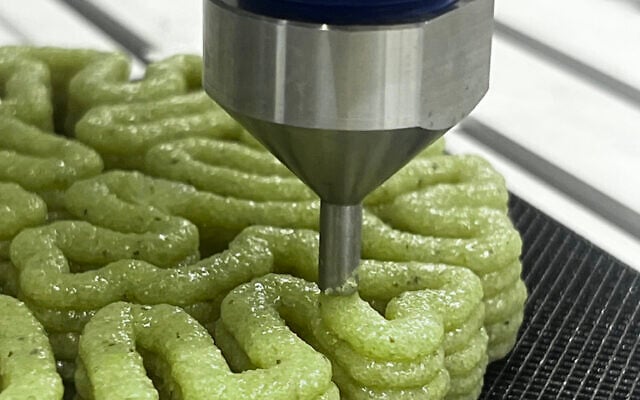Microbial Innovation: A Sustainable, Living Alternative to Cement in Construction

In a world increasingly threatened by climate change, researchers are pioneering revolutionary technologies that aim to decarbonize industries at their core. One such innovation comes from the Technion-Israel Institute of Technology, where scientists are developing a sustainable alternative to traditional cement using living microorganisms. This breakthrough not only binds sand particles into strong building blocks but also actively absorbs atmospheric CO2, paving the way for greener, more eco-conscious architecture.
Reimagining Construction: From Concrete to Biofilm
The construction industry is one of the largest contributors to global warming, responsible for an estimated 37% of greenhouse gas emissions according to the United Nations Environment Programme. Cement production alone is a major culprit, requiring the burning of fossil fuels to heat limestone at high temperatures, which emits vast amounts of carbon dioxide.
The CyanoGems project at Technion proposes an ingenious solution: harnessing photosynthetic microorganisms to replace cement as the binding agent. These microbes not only capture sunlight to convert CO2 into organic material but also create biofilm—a sticky layer where they secrete calcium carbonate, a natural mineral found in shells and bones. This process transforms sand particles into robust, cement-like structures without the high-temperature processes of conventional cement production.
How Does It Work?
Using a robotic 3D printer, the team creates building components that dry at room temperature. Unlike traditional concrete, these bio-based materials continue to live and photosynthesize after drying, provided they have access to moisture, sunlight, and carbon dioxide. This living feature ensures that the materials remain environmentally active, absorbing CO2 throughout their lifetime.
Each component is carefully designed to maximize exposure to air and sunlight, amplifying their carbon-capturing potential. Assistant Professor Shany Barath, leading the project with Prof. Yechezkel Kashi, notes that one ton of these microorganisms can absorb up to 1.8 tons of CO2.
Scaling Up and Future Prospects
The next phase of the project involves scaling up production to create full-scale prototypes like bricks, panels, and cladding systems suitable for architectural applications. Since these materials can be 3D printed directly on-site, they hold promise for reducing construction costs related to manpower and logistics.
The project has already garnered international acclaim, winning a Climate Solutions Breakthrough Research Prize from the Jewish National Fund of Canada. However, challenges remain in ensuring the material’s scalability and durability outside the laboratory.
Why Microbial Materials Matter
This innovation is part of a broader trend exploring how biological systems can integrate into the built environment. By living alongside microbes, buildings of the future may not just be passive shelters but active participants in environmental restoration.
With architecture and biotechnology merging, could the cities of tomorrow become giant carbon sinks rather than carbon emitters? The answer may lie in innovations like these.
Read the full article here: Microbes pave the way for a living, green alternative to cement in buildings.
Sponsored by PWmat (Lonxun Quantum) – a leading developer of GPU-accelerated materials simulation software for cutting-edge quantum, energy, and semiconductor research. Learn more about our solutions at: https://www.pwmat.com/en
📘 Download our latest company brochure to explore our software features, capabilities, and success stories: PWmat PDF Brochure
📞 Phone: +86 400-618-6006
📧 Email: support@pwmat.com
#MicrobialMaterials #SustainableConstruction #GreenBuilding #MaterialsScience #QuantumServerNetworks

Comments
Post a Comment